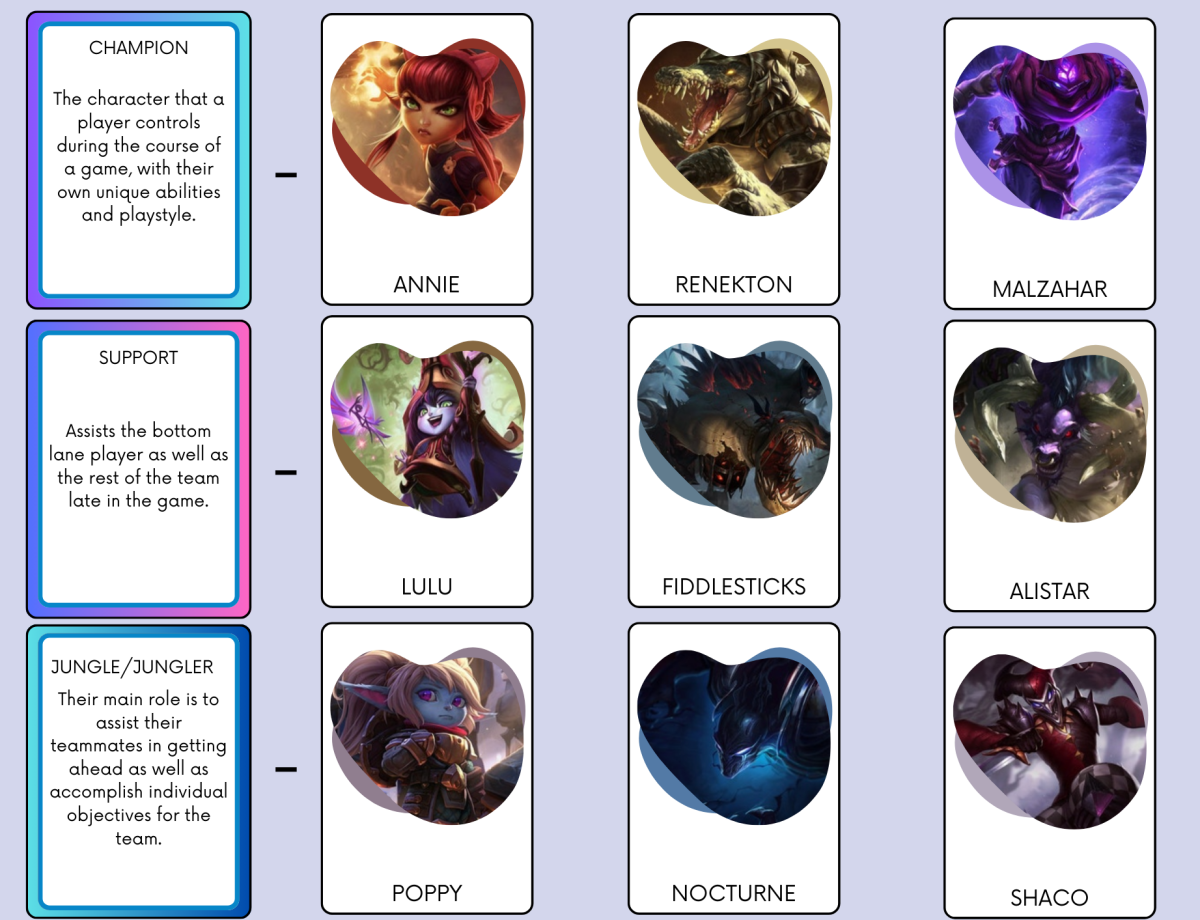by: Heidi Krick
For years the media, shaped our perception, of body image and beauty. This dynamic began after World War II, when the public began accepting thinner and thinner images as beautiful. Research shows mass media has profound effects on the public’s understanding of beauty. By perpetuating unhealthy and unrealistic body ideals, Photoshop and our youth-obsessed culture are ruining the world.
According to research released by the National Heart, Lung and Blood Institute, in a survey offered to girls 9 and 10 years old, 40 percent have tried to lose weight. Another survey, released by the National Institute on Media and the Family, 78 percent of teenage girls are unhappy with their bodies by the time they turn 17.
Further research explains an unaccepting and unhealthy attitude toward one’s personal body image only increases throughout adulthood.
When unflattering images recently surfaced of Lady Gaga performing at a concert in Amsterdam, the media backlash was outright appalling. One British tabloid even splashed the pop singer’s photographs across the front page of the paper underneath a headline screaming, “Porker Face.”
Gaga quickly defended herself by posting her own scantily clad pictures on her website, little monsters.com, and urged fans to “triumph over insecurities.”
At some point, we must ask ourselves what kind of culture is created when outside perspectives, like media and politics, are able to determine how one feels about their own body.
Clothing stores, magazines and fashion designers continue to use young teens to model their clothing aimed toward adult women. Lingerie catalogs and women’s magazines are filled with supermodels who have been airbrushed and photoshopped to the point of looking unrecognizable.
Fed up with the unrealistic images of beauty continuously pushed by mass media, 14-year-old Julia Bluhm launched a petition through Change.org urging Seventeen magazine to publish one photo spread of teen models who have not been tweaked or retouched by Photoshop.
More than 84,000 signatures supported Bluhm’s movement. Seventeen magazine responded in the August 2012 issue, vowing the girls’ magazine will “celebrate every kind of beauty” with “real girls and models who are healthy.”
Seventeen magazine’s effort to join in the fight against unrealistic images of beauty is a small step in the right direction. Many are beginning to realize the images of beauty and health perpetuated for years by the media are not only completely unrealistic, but also dangerous and damaging to culture and society.
“I wish I were skinny,” can be heard from young children. This is not the mentality any child should carry. According to the National Association of Anorexia Nervosa and Associated Eating Disorders, more than 8 million Americans battle an eating disorder each year. Ninety percent of those suffering from eating disorders are female.
“Healthy is the New Skinny” is an organization created in 2011 urging fashion houses and media outlets to feature healthy and relatable women in their fashion and advertising campaigns. HNS’s mission statement explains, “Healthy is the New Skinny is a multi-platform movement to bring a message of health, joy and responsibility to the beauty and fashion industries. Through bold and creative initiatives, HNS works with media, corporate and modeling partners to create lasting change.”
An increasing awareness toward healthy and realistic body image will inevitably create lasting acceptance of one’s own body. There are certain parts of the body, particularly the female pelvis, that never stop growing. Everyone (most obviously, women) wants thin hips and a tiny waist. Unfortunately, this may be a goal that can never be achieved, no matter how many sit-ups and planks we do, or how many laps we may run.
A 2011 study released by the University of North Carolina at Chapel Hill found the average woman’s pelvis will widen at least one inch between the ages of 20-79, regardless of diet and exercise. This uncontrollable increase in pelvic size results in an average three inch increase in women’s waist lines.
Even those who are considered to be the most beautiful women in the world have a tough time attaining, or even maintaining, the media’s ideal image of beauty. Several critics reacted harshly when Beyoncé Knowles dropped 20 pounds for her role in the 2006 film Dreamgirls, preferring the “Bootylicious” singer’s curvier appearance.
Marilyn Monroe’s dressmaker explained even the beautiful bombshell struggled with her weight. Recently awarded the title of “Best Beach Body of All Time,” Monroe’s weight fluctuated between 118 and 140 pounds.
In an effort to maintain her positive public image, Monroe’s diet consisted of warm milk with two raw eggs for breakfast, nothing for lunch and broiled steak, lamb or liver with four or five raw carrots for dinner. Her evening snack was always a hot-fudge sundae. We have to treat ourselves, sometime, right?
While Monroe’s diet was certainly unbalanced and probably even contributed to the beauty’s weight fluctuations, it is clear even the beautiful ones, who others admire and look up to, often struggle to find happiness with their bodies.
Women especially need to gain education about what is healthy and ideal for their specific bodies. The Photoshopped and overly-edited images that flood our minds are not real.
When supermodels like Heidi Klum or Gisele Bundshen can no longer take a picture without a body part supposedly needing retouching, the ideal image of beauty has gone too far.
Once women no longer allow media images to determine how they should look and feel, women will undoubtedly to be able to accept their own beautiful, naturally-created bodies.
Latest Stories
- Asheville residents at odds over U.S. financial assistance to Ukraine
- The UNC Asheville Saber Club’s duels remain, moved to AC Reynolds Green
- UNCA League of Legends takes first in stunning finals match against HPU
- From passion to professional play: How a UNCA League of Legends MVP hit their stride
- Old UNCA sorority still has its footprints on campus
- Mass communication students visit Charlotte to watch Hornets game
- Blue Banner Connections #1
- Sex toys get luckier than traditionalist men
- A student's perspective on traveling and concerts
- Local bead and craft store continues to thrive under new management


















